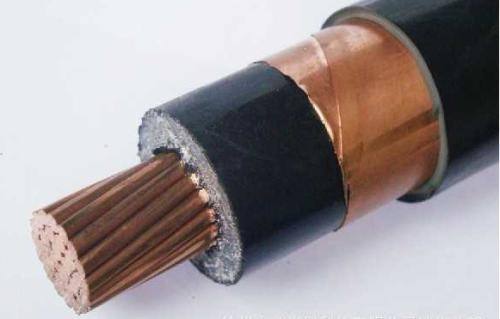
After the cable enters the water, under the action of the electric field, the water tree aging phenomenon will occur, and finally the cable breakdown will occur. Water trees are a collection of voids filled with water from 0.1 m to several microns in diameter.
The local high-electric field formed by the impurities, pores and insulation in the insulation and the unevenness of the bonding surface of the inner and outer semi-conductive layers is the starting point of the water tree.
The development process of water trees is generally more than 8 years.
The higher the humidity, temperature and voltage, the more ions are contained in the water, the faster the water tree develops.
The newly purchased tube cable is sealed with a plastic gland at both ends, but after a period of use, the rest is wrapped with plastic paper, and the outside is tied with a rope.
The sealing is not good, and the time is long. Water vapor will seep into the cable.
When the cable is laid, the cable head wrapped with plastic paper is sometimes immersed in water to allow water to enter the cable.
When the cable is pulled and piped, the outer sheath may sometimes rupture.
The cable head is not made in time, so that the unsealed cable port is exposed to the air for a long time, even immersed in water, so that the water vapor enters the cable in large quantities.
When the cable head is made (including the terminal head and the middle joint), the cable end sometimes slides into the cable well with water accumulation due to the manufacturer's intention.
During the operation of the cable, when the intermediate joint breakdown occurs, the water in the cable well will enter the cable along the gap.
At the construction site, the external force will cause the cable to break or break down, and the cable will also enter the water.